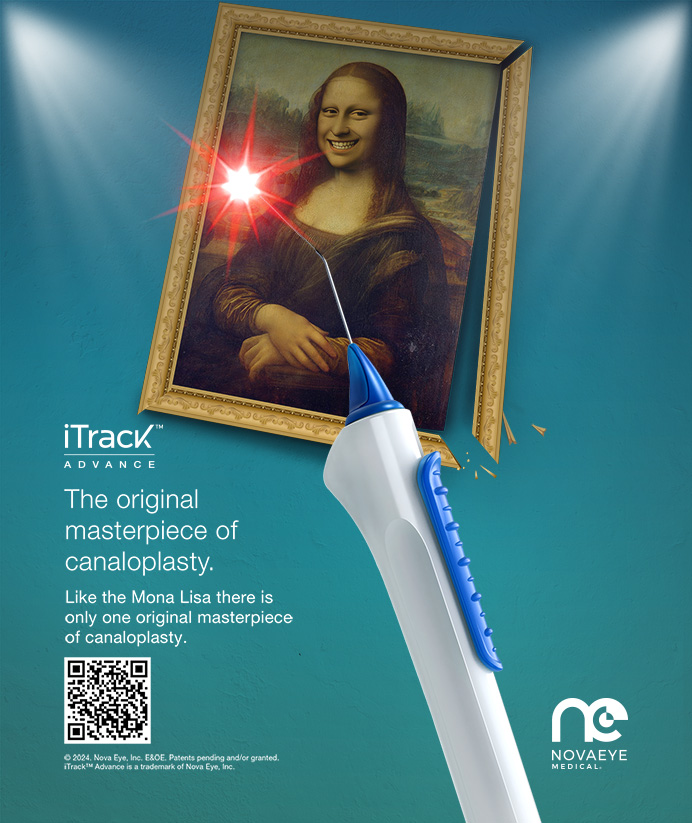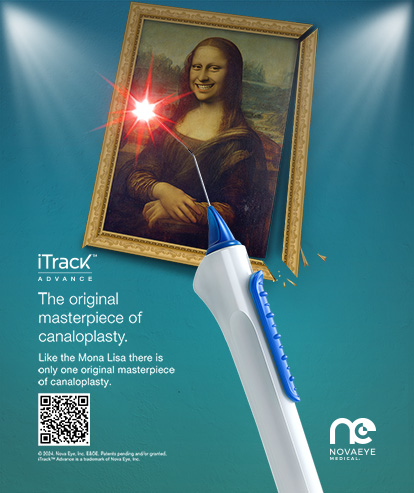Up Front | Aug 2005
Happy 25th Anniversary
David F. Chang, MD
The place of David Apple, MD, in the pantheon of cataract-IOL giants is assured. Although clinicopathological correlation has always been fundamental to medicine, it was Dr. Apple who established the importance of this approach to modern cataract surgery. While others pioneered new IOLs or surgical techniques, the Apple lab brought scientific rigor and academic order to the maelstrom of anecdotal claims, commercial interests, and political struggles that characterized the early period of IOL development.
As a national repository for autopsic eyes, the Apple lab established the largest specimen database for IOL research in the world. Its researchers also developed innovative techniques for studying IOLs in animal and cadaveric eyes in the laboratory. For example, the Miyake-Apple view not only exposes the capsular anatomy hidden behind the iris, but it is also used to study surgical techniques and IOL delivery systems in the laboratory. Although their emphasis was initially on IOL complications, Dr. Apple and colleagues subsequently provided clinicopathological validation to surgical techniques such as capsulorhexis creation, hydrodissection, and cortical clean-up. As the founding father of the academic discipline of IOL clinicopathological research, Dr. Apple's most meaningful contribution has been the training and mentoring of more than 200 fellows. The renowned Apple Korps has truly elevated the quality of IOL research around the world.
Finally, Dr. Apple has a strong personal interest in medical history. Thanks to his biographical work on Sir Harold Ridley, we can all better appreciate the early history of IOL surgery. I share the concern that younger generations of ophthalmologists have a meager knowledge of the key historical figures and events that collectively spawned the incredible achievement that is cataract surgery in the 21st Century. This history provides important lessons about being imaginative and open-minded as well as scientifically critical.
For this reason, we at Cataract & Refractive Surgery Today have decided to feature a regular column devoted to the history of modern cataract surgery. Each article will recognize a cataract pioneer who will provide personal insights about the history of his or her contribution. I am pleased to announce that Herve Byron, MD, has agreed to be the section editor for this department. As the third surgeon to implant an IOL in the US and having recently celebrated his 50th year in clinical practice, Herve is uniquely qualified for this role. A brilliant teacher, Herve continues to inspire us all with his pragmatism and energy. We hope that through this historical series we can honor, better appreciate, and draw inspiration from these legendary colleagues who advanced our field through teaching, research, and innovation.
It is a measure of Dr. Apple's modesty that the 25th anniversary of his laboratory has drawn little fanfare. To commemorate this momentous achievement, we asked Dr. Apple to reflect upon his career by writing the first of our series of historical articles. As a surprise tribute, we invited a number of his close colleagues to contribute their thoughts and memories as well. Please join us in celebrating his remarkable career.


